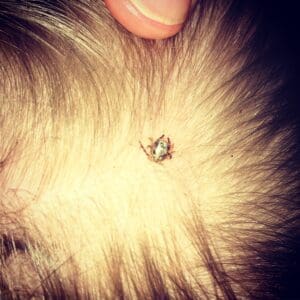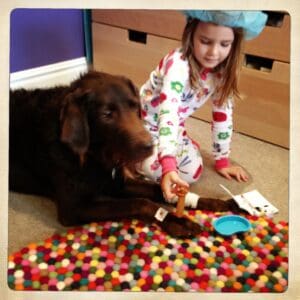
How do I safely remove a Tick from my child?
Learn the easiest and most effective way to remove a Tick, now that Tick season is upon us!

Now is an important time to know how to recognise and respond to breathing distress in babies and children.
Watch Sarah Hunstead below, as she talks you through the signs to look out for.

Learn the easiest and most effective way to remove a Tick, now that Tick season is upon us!

Doctors check up coming up? Needles? PCR or RAT tests? Medical play can help prepare you and your little one during this anxious time.

Collecting a urine sample from your little one doesn’t have to be stressful. Our expert tips and parent-tested tricks make it easier for babies and toddlers, with guidance on ensuring a clean, accurate sample. Read more for practical advice from child health experts!